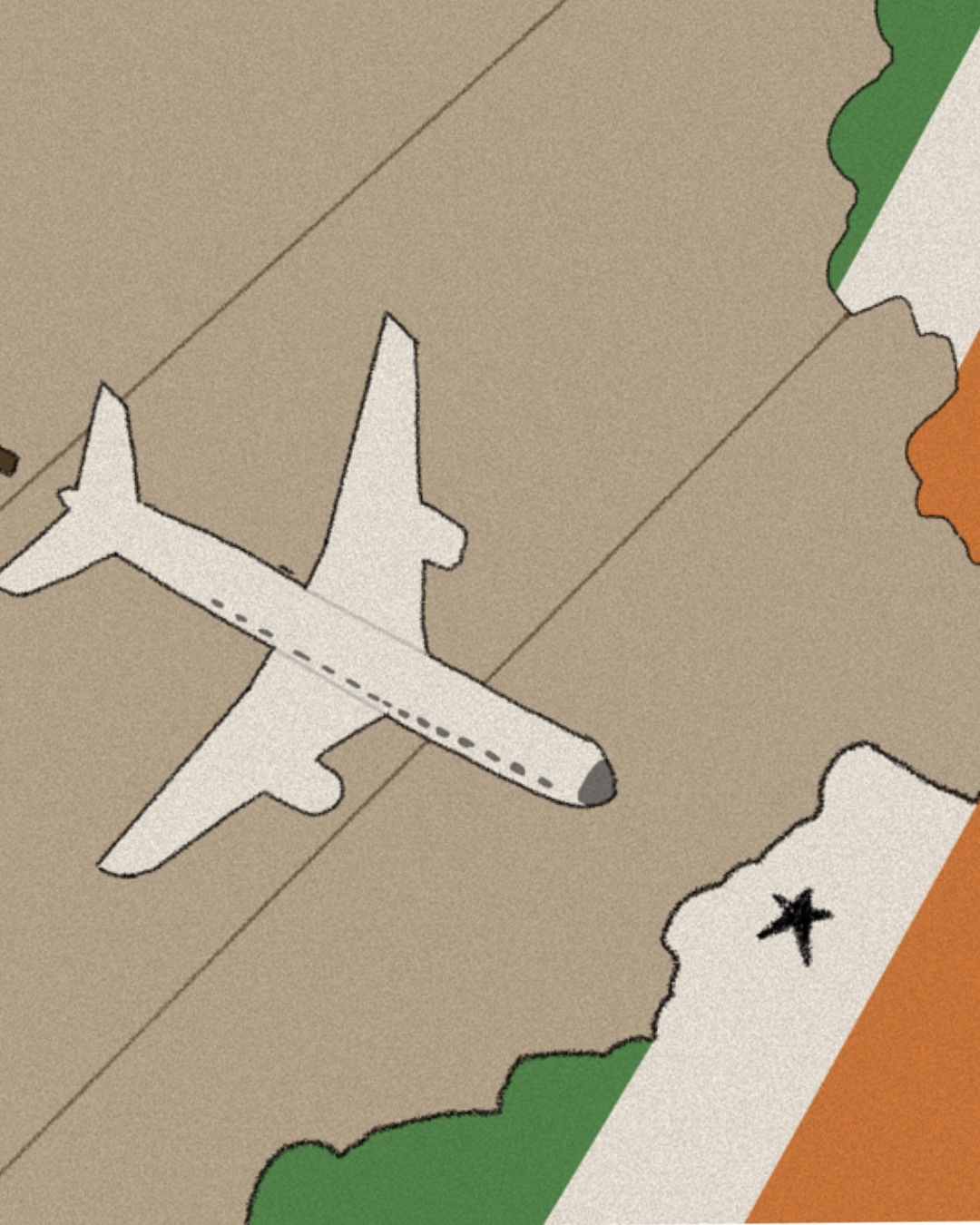Studying abroad can broaden students’ horizons. It brings about a rare opportunity for them to experience new sights, cultures, terrain and countries. Gaining new perspectives is crucial. Studying abroad provides a hands-on learning experience which creates an unforgettable opportunity for students to engage with an outside point of view. Experiencing the places connected to the course will allow them to learn more effectively because they are out learning things instead of being lectured in a stuffy classroom. Although there is typically still some class time, the more immersive classes and field trips bring the learning experience to life. The students grow as people because they get to embrace a new way of life.
In the summer of 2022, I studied abroad for a creative writing and storytelling course in Ireland. It is something I will always remember. I was lucky enough to receive the Gilman scholarship after I was recommended and applied to study abroad. This scholarship covered most of the trip’s expenses. Upon arriving in Ireland, I already knew I was about to experience a new world. There were similarities and differences between the culture in Arizona and Ireland. The students studying abroad were staying in Carlow, Ireland. I was fascinated to learn even something as small as the different slang terms. ‘Craic’ is one of them. It is pronounced “crack” and means a fun experience. Many people would use that word in conversation quite often, and I became used to it as well as some of the terms and language I carried with me after leaving. Even after returning to the States, I still use “takeaway” rather than “takeout” or “to go.” Aside from the vernacular, the food in Ireland influenced my taste at first. The first thing I had when returning home was Arby’s, and the overload of flavor was a shock to experience. In Ireland, things were a bit less flavorful but were better for the most part. The soda was less sticky and overwhelmingly sweet. When I had American soda again, I experienced another shock. One of the more interesting things about traveling around the towns in Ireland was how the locals would ask the students about what there was and wasn’t in the US. Some students visited a farm to learn about the stone walls, and the farmer asked them if there were sheep in America. This, among many other interactions, was an interesting and eye-opening experience. The culture was intriguing to explore, their folklore is present in much of everyday conversation. From the people I spoke to, there seemed to be more of an emphasis on slowing discussions down and having a chat, which led directly into some of the guest speakers’ lessons.
Irish storytelling usually has a different approach than American storytelling. While American storytelling will typically be “destination-based,” as in the hero must achieve the goal, Irish storytelling is more “journey-based,” which is more about the details of the characters’ adventures. Destination-based means there is a goal to achieve and the audience only needs to know how the protagonist will achieve it, which is how the story creates satisfaction. Journey-based would be more in the moment type of things —sometimes mundane and sometimes not. Most stories are examinations of humanity regardless of using a more American or Irish storytelling approach. Still, the journey-based route can provide a further. A story about a man waiting for a train becomes a narrative of negation and what other people are doing while the man waits—the story of those around him while he is preoccupied. The man may not even achieve the goal of stepping onto the train, but the audience gets to see what moves around him. The storytelling the students learned in Ireland took more of this conversation-based approach. It was not about a goal or a grand narrative but about the conversation and the examination of life and humanity that stories are. Stories that challenge the audience and don’t merely satisfy them. Many stories tend to fall for convention and structure, but a story need not be anything save a story. There is no structure that needs to be followed. Each story is at risk of either being hated or loved, but either way, the story should uphold its authenticity. Conforming to one structure can deny that. A story is a conversation, and there is always something to be said.
Many of the lessons were like this in the class, and I was able to apply them to my experience abroad. These lessons were emphasized through experience. Students took time to slow down, walk around towns and simply have conversations with people. Unexpected things happened on the trip and many of the original plans changed so it was a stressful time for the group, but it made for a memorable time. I was able to appreciate the conversation and the simplicity of small moments as well as the interesting aspects of the more dramatic moments. I was inspired by the storytelling lessons and gained a new perspective. I gained a better understanding of how it’s more about the journey, conversation and humanity than it is about an end goal. A story doesn’t have to be one box after the next; it can simply be. There is something beautiful about that. I have always been more experimental with my creative writing and such experimentation was encouraged during class time. Finding new sights and adventures combined with writing activities made this experience something I will carry with me forever.
















